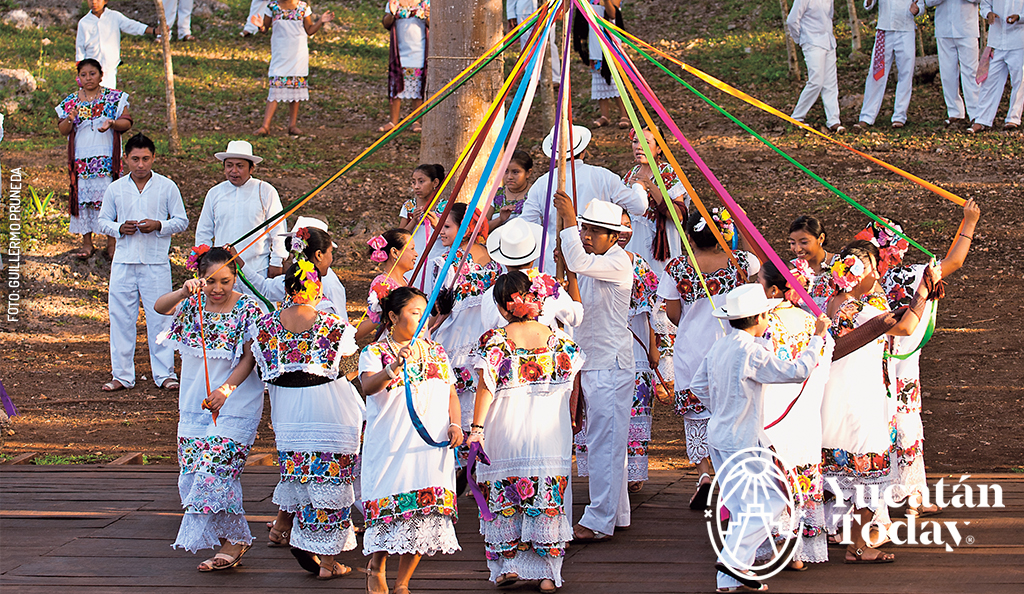
El Baile de las Cintas (The Ribbon Dance)
 El Baile de las Cintas (The Ribbon Dance) is portrayed in almost every website, guidebook, or history book about Yucatán; its image of men and women in colorful regional dress, dancing in a circle around a simple pole, each participant holding on to a brightly colored ribbon, is iconic. The dance in the photo took place below the branches of a sacred ceiba tree, and it invites viewers to enjoy the beauty of a show with deep Maya roots.
El Baile de las Cintas (The Ribbon Dance) is portrayed in almost every website, guidebook, or history book about Yucatán; its image of men and women in colorful regional dress, dancing in a circle around a simple pole, each participant holding on to a brightly colored ribbon, is iconic. The dance in the photo took place below the branches of a sacred ceiba tree, and it invites viewers to enjoy the beauty of a show with deep Maya roots.The origin of the Baile de las Cintas
The origin of the Baile de las Cintas is European. It began in Bavaria in the XIV century with the name of Maiphahl (maypole). It is also danced in England and the low countries, and also referred to as the Maypole dance. It reached Spain during the reign of Carlos V and was known as the Danza del Cordón (Rope Dance). The next stop on its migration to Yucatán was the state of Veracruz, moving on to Puebla, Jalisco, and Hidalgo, with each regional group giving the dance its own special touches. It finally arrived in Yucatán with the Austro-Hungarian immigrants who came here during the rule of Maximilian.The Traditional Vaquería Dance and the Ribbon Dance
The dance is a traditional part of a “vaquería” (from the word “vaca”, or cow, and “vaquero”, or cowboy; it is a festival which used to be held on the cattle ranches to honor the vaqueros of the region). It begins with the search and preparation of a tree trunk, ceiba if possible, or other pole suitable for the maypole, of 5 to 6 meters in height. It is placed in the desired position and ribbons are tied to the top of the pole. Ten or more dancers, alternating men and women, dance toward the pole, and then each holds on to the end of a ribbon, forming a circle around the pole’s base. In Yucatán a “jarana” is played, in ¾ time, and the dancers weave around the pole and around each other in a complex series of steps which seem totally random but which are not; the end result is a beautifully woven braid around the pole, from top to bottom. Then, they repeat the steps in reverse, and unbraid the ribbons; all of this is done in time to the music. Finally they leave the pole and dance their way to the place where the vaquería will take place. Nowadays, this usually means outside the municipal palace of towns and cities throughout Yucatán. There are few regional dance performances anywhere which can match the joyful spirit of the Baile de las Cintas.
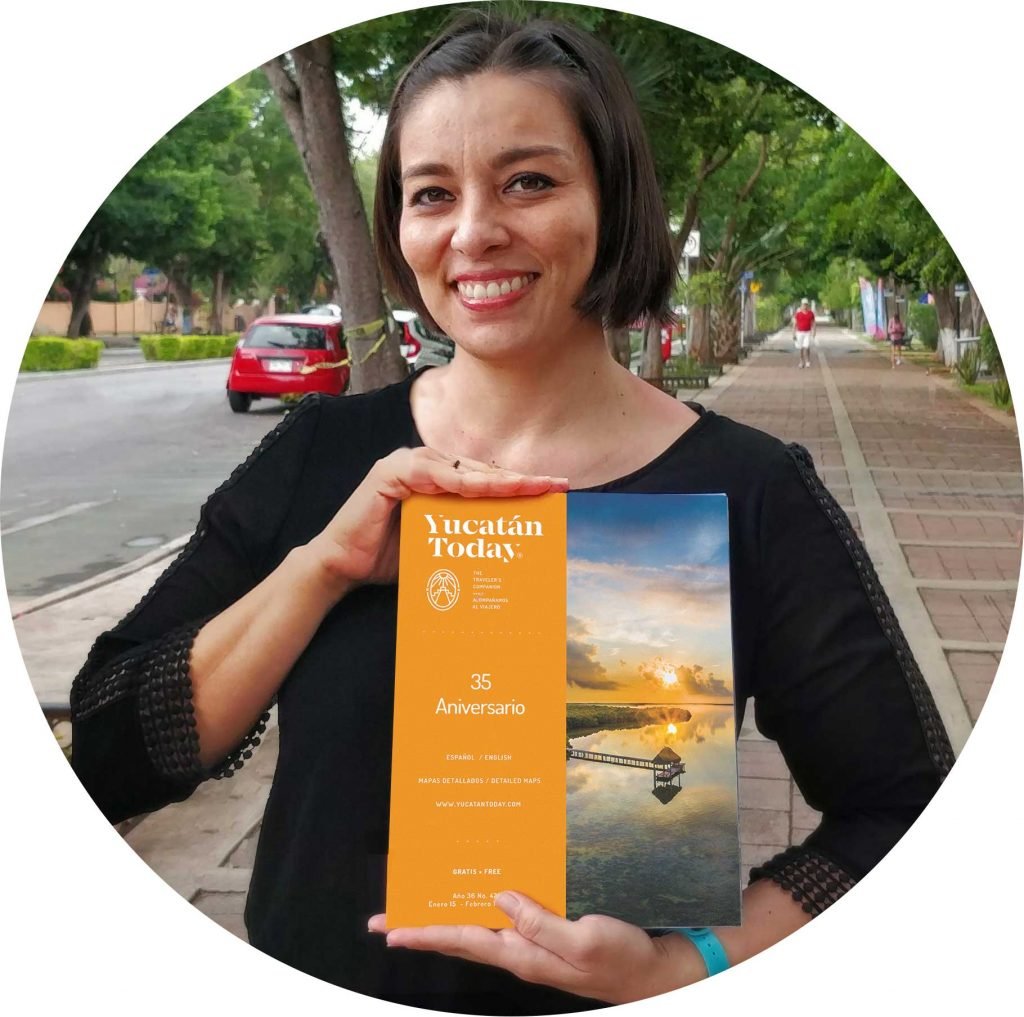
Author: Alicia Navarrete
Communicologist born circumstantially in México City, but who says “uay” since 1985. Life has allowed me to see the world, which in turn has allowed me to discover how much I love the place where I live
Receive the latest articles and much more from the best of Yucatán in your email!
Main topics that may interest you
Shortcuts
Related articles
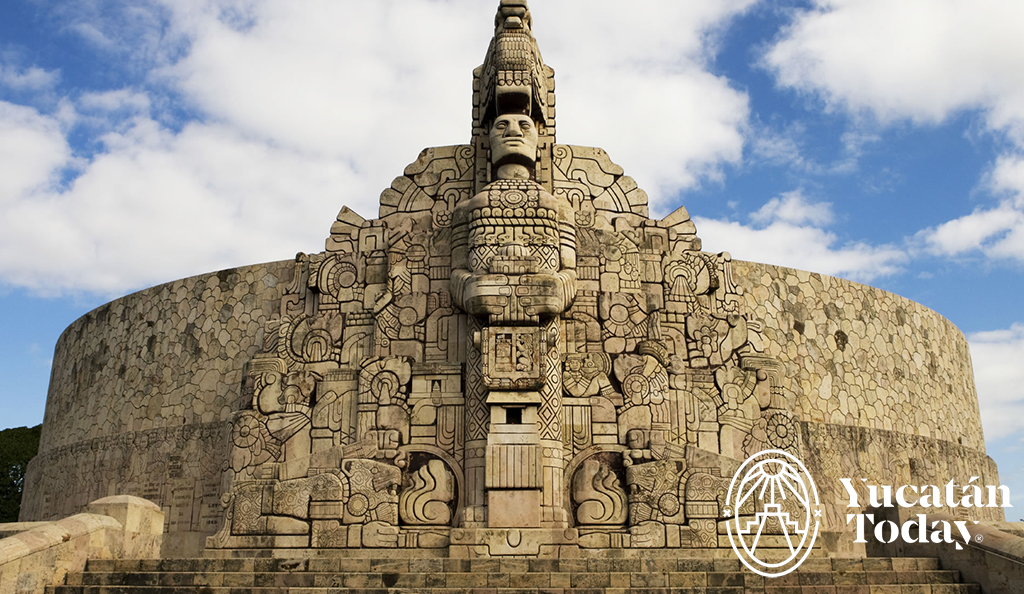
Life in Yucatán
Do you dream of moving to Yucatán?
Every day, readers like you tell us their secret... so many dream of living in Yucatán. Our friends at the Mérida English Library and the authors of...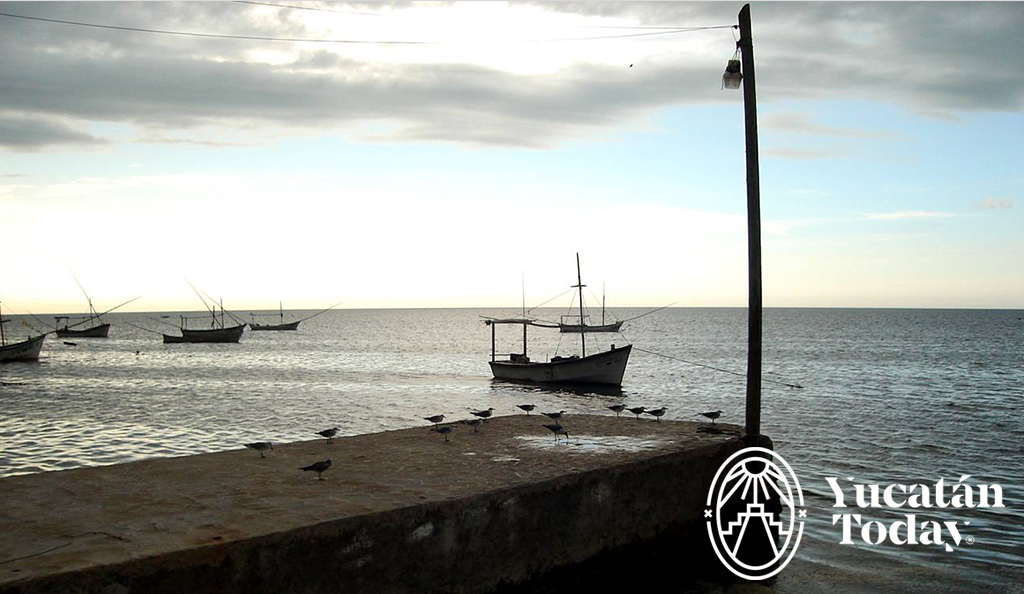
Beaches
Dzilam de Bravo
Dzilam de Bravo is the last port on the coastal highway that leaves Progreso, a 5o mile journey that is well worth it, especially after Telchac...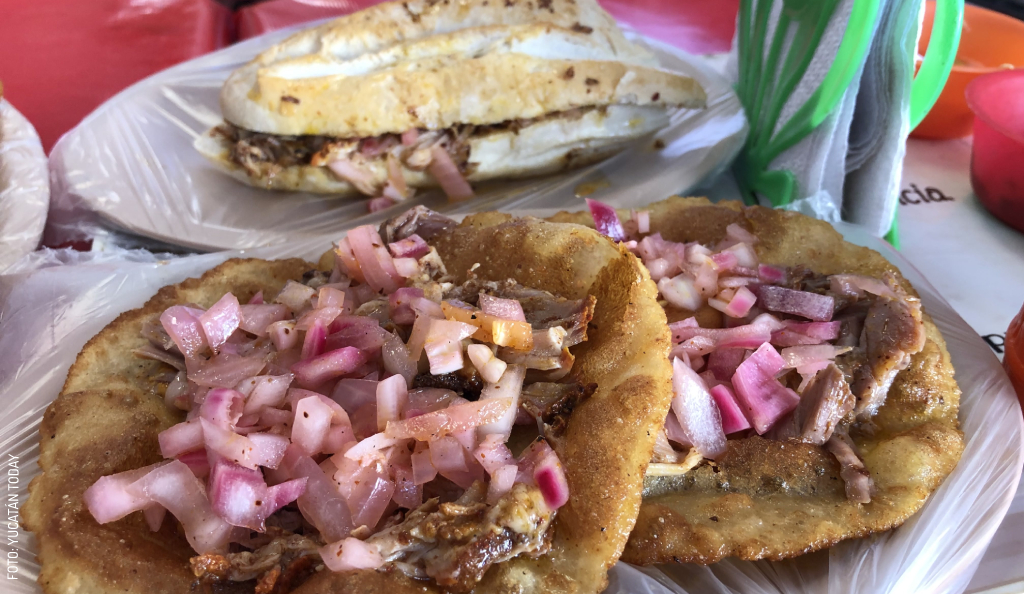
Gastronomy


